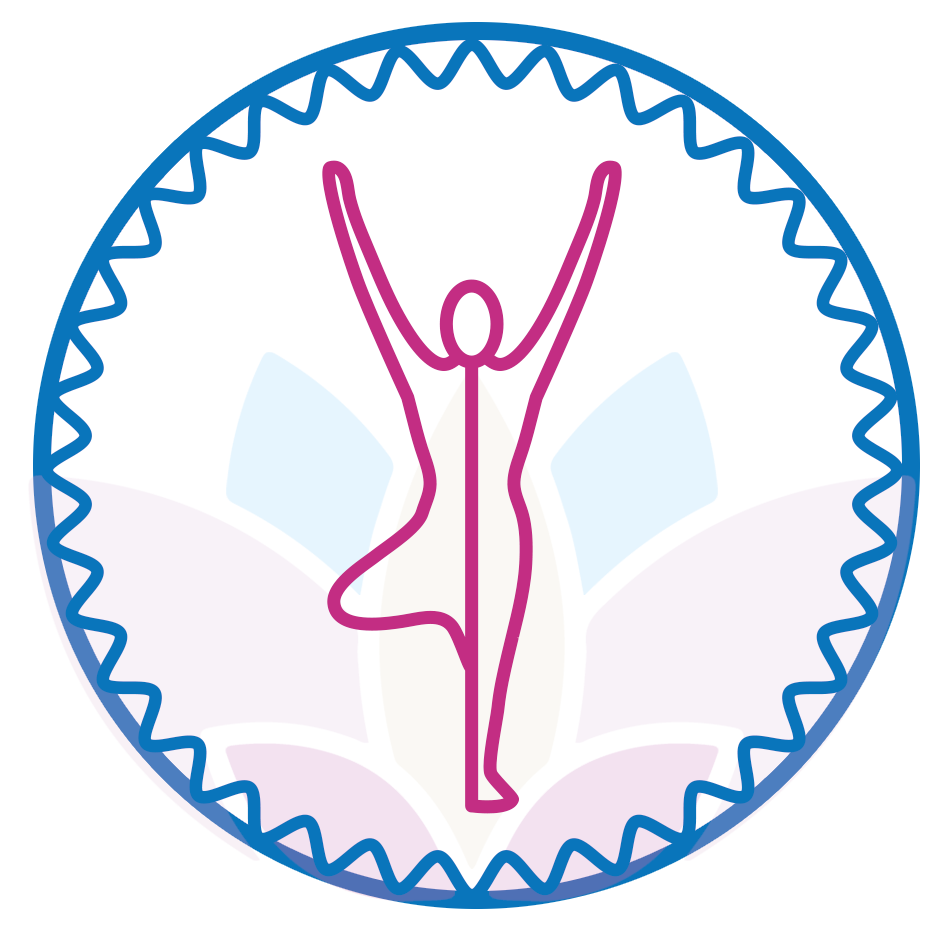
12 Scientifically Studied Benefits of Meditation
- Improves sleep
- Helps control pain
- Reduces feelings of stress and release of cortisol, the stress hormone
- Controls anxiety
- Decreases blood pressure
- Promotes emotional health
- Enhances self-awareness
- Lengthens attention span
- May generate kindness and compassion
- May reduce age-related memory loss
- May fight addictions
- Can be done anywhere.
With so many known benefits, are you meditating daily? If not, why?
Here are some of the more common obstacles to a daily meditation practice:
- Not enough time
- Too many distractions
- Don’t know how to do it right
- Can’t quiet my mind
- Falling asleep during meditation
- Too uncomfortable sitting still
- Used to meditate, but life is so busy or difficult now
- Difficulty in accepting negative thoughts or emotions that arise during these quiet periods

My Meditation Journey
Over the years I have explored many styles of meditation including Transcendental meditation, meditating with a mala, meditating by noticing my breath, meditating with sounds, meditating by focusing on a candle or a light, walking meditations, and Mudra meditations. Meditation has both a short-term effect and potentially, a long-term effect if you stick with it. In the moment, meditation is a technique to focus and calm the mind. In the long run, meditation is said to be the path towards recognition of your true being as pure consciousness– Samadhi as it is known in Yogic Tradition.
Meditation is Considered Both a Practice and an End!
Meditation has a more than 10,000-year-old recorded history according to Yogic Scholars such as Joseph LePage, who I am currently studying with during his 12-week course, The Art and Science Of Yoga Therapy. LePage says there are more than 20,000 pages written on meditation in the Encyclopedia of Indian Philosophy. Just to let you know I am not planning to read them all or try to explain them all. However, it should be a convincing piece of evidence that there is something to this practice of Meditation worth writing about and learning about.
In its simplest form, meditation is a way to become aware of all the sensations in the body and the breath. Once the meditator learns to control or calm the breath, this is the first step toward calming the mind. A physiological benefit of a breath awareness meditation is that it can improve the energy of the body, and balance it.
According to LePage, “Once we have a basic level of relaxation and stability, thoughts and feelings can become objects of meditation. Through welcoming the content of the mind, we release resistance.” This level of meditation can profoundly change the way we react to situations in life by releasing our attachment to our conditioned thoughts, feelings, and beliefs. The goal of this kind of meditation is to relieve suffering. It is not that we no longer have negative emotions, but we release the “sting over these experiences.” Le Page says. Yoga Nidra, which I explored in-depth last week, (click here for the article and Yoga Nidra practice)is a great meditative practice for this kind of deep emotional work.
Check out a few of the types of meditation I am practicing and sharing with my clients and students these days. Let me know if they work for you please!
A Brief History of Meditation
- 10,000 years ago–Shamanic meditation: Shamans used mostly chanting and drumming and the use of herbal concoctions for healing.
- 5,000 years ago–Vedic Mediation: It was used both to honor deities, bring abundance and secure a place in the afterlife through the use of mantras.
- 3,000 years ago–Upanishad Meditation: Use of dialogues and stories for quieting and training the mind. Chanting AUM (Ohm)
- 2,500 years ago —Buddhist Meditation: Achievement of spiritual purification and eliminating suffering through discipline meditation and the 8 Noble Paths. “Buddhist Meditation begins with focusing on the sensations of the body, and on breathing, followed by the development of the ability to observe the mind, without identifying with it. The goal of Buddhist Meditation is the recognition of personality as a conditioned self,” according to LePage.
- 2,000 years ago– Classical Yoga Meditation: Using the eight limbs of yoga from the Yoga Sutras to prepare the person to attain a state of silence or Samadhi, “pure consciousness”.
- 1,500 years ago–Tantra Meditation.: Chakras form the basis for this form of meditation.
- 1,000 years ago–Hatha yoga: Using Asanas to prepare the body for meditation.

Meditation is more often about Removing Obstacles than about Learning a Technique
Modern meditation practices have expanded to include all forms of mindfulness and other practices such as synchronizing the heart and the brain, a practice which I teach through HeartMath. Whichever meditation practice you chose, stick with it. Daily practice has been shown to have countless benefits physically, mentally, emotionally, and spiritually. In every class I teach I incorporate some form of meditation, please join us.
Namaste, Andrea
Citations: https://www.healthline.com/nutrition/12-benefits-of-meditation#2.-Controls-anxiety
Joseph LePage The Art and Science of Meditation Lecture notes



